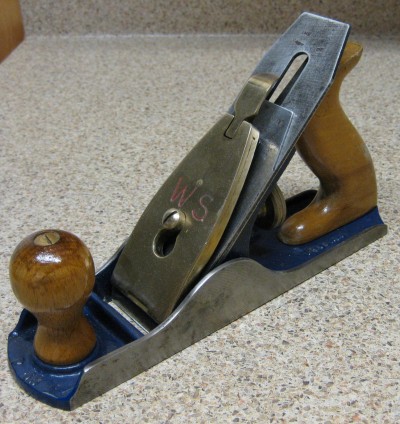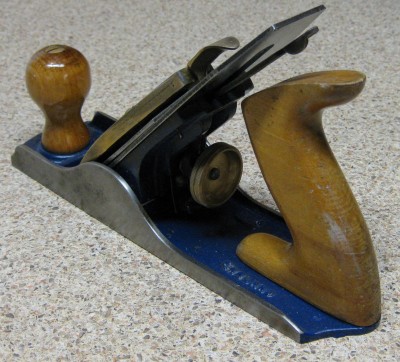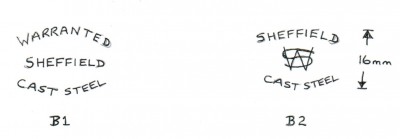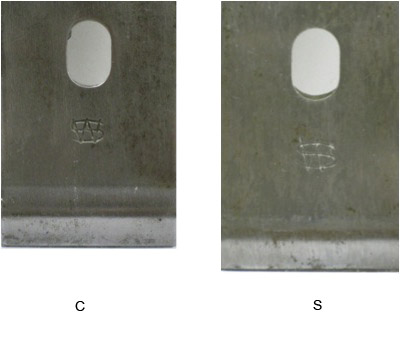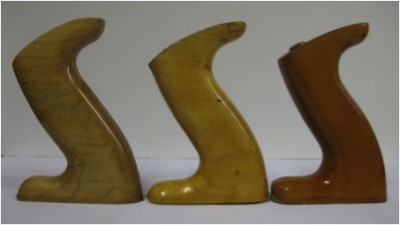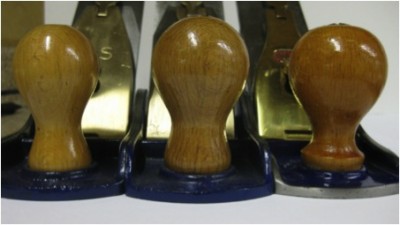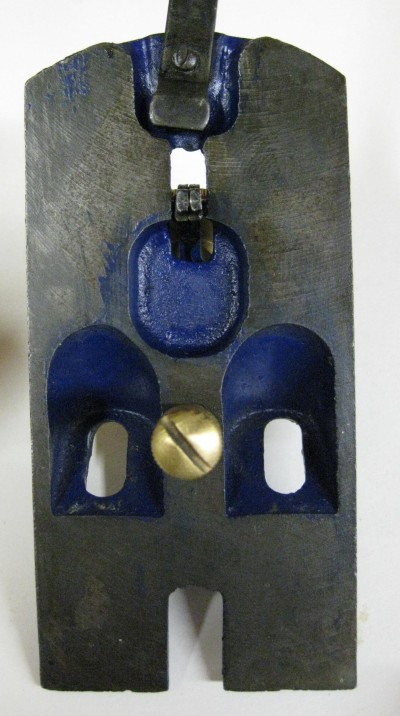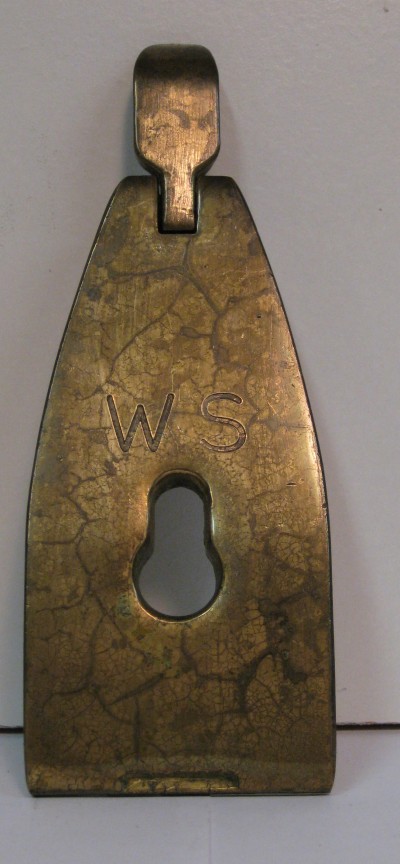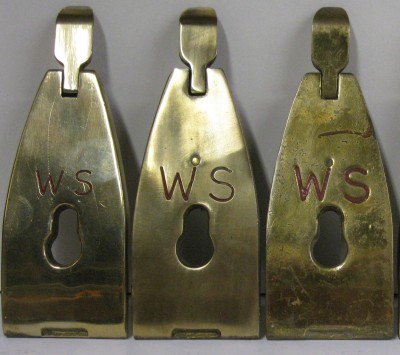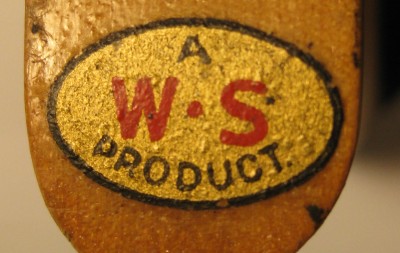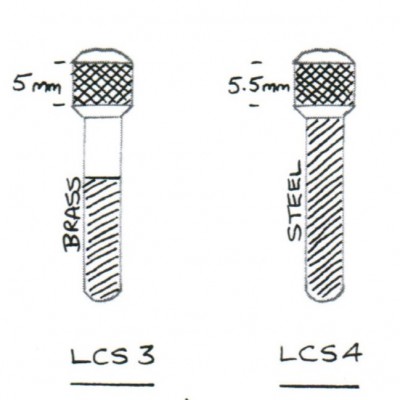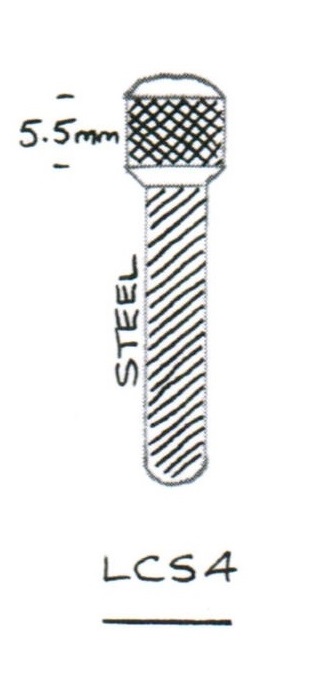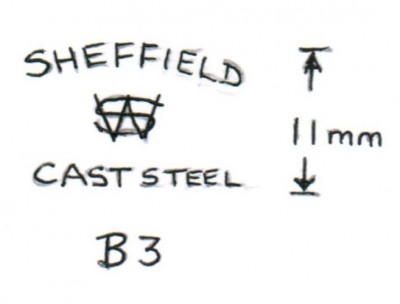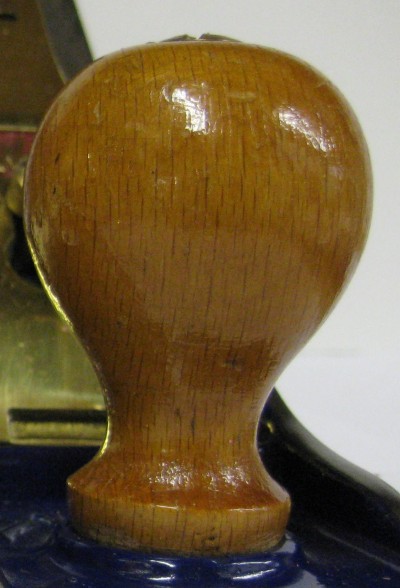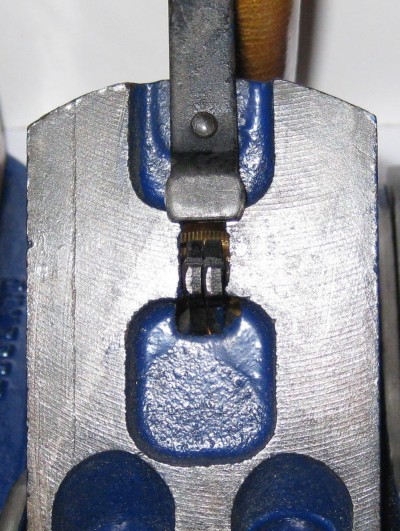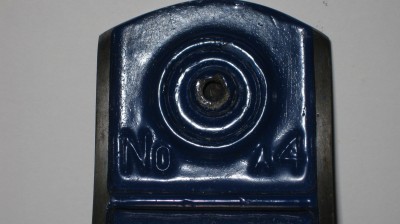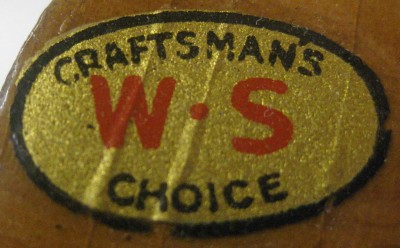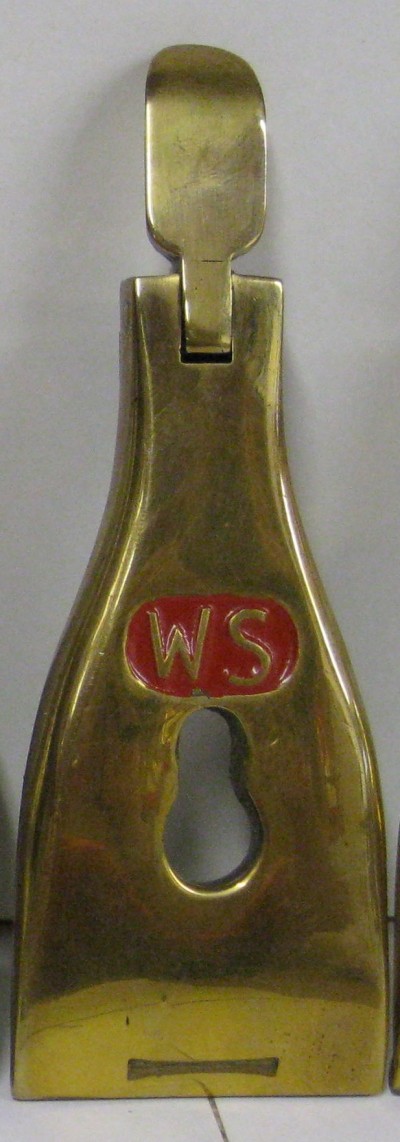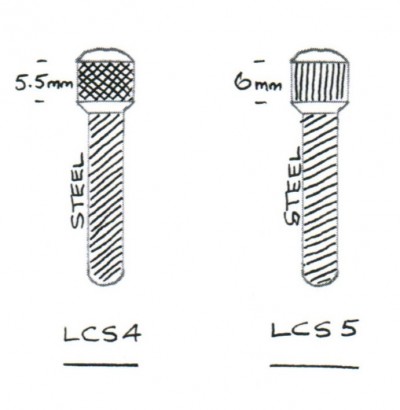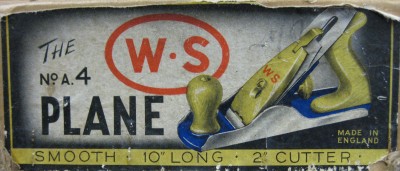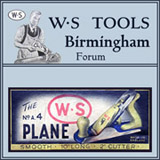This study has taken me many years to collect and then categorise the planes, and I still do not know whether I have things right. This is due to the fact that there are no known catalogues of WS products that would help to guide my judgement as to what was manufactured and in what order. It has therefore been necessary to collect at least 30 WS number 4 planes and try to make sense of the characteristics of each plane and to try to place them in some semblance of manufactured order. As you will hopefully appreciate, this study may be prone to future corrections, but please bear with me…. You will have to refer to the ‘Analysis of Components’ section on this site for more detailed references to the named characteristics of each type.
I chose the ‘Base Markings’ as the most reliable way of categorising the planes.
Since starting this study I have discovered that many of the smaller parts show no decipherable relationship in this study, and I have therefore cut out their inclusion so as to make the end result more easily understood by the reader (and by me too!).
The WS #4 planes were issued at 25cm long and 6cm wide.
WS Number 4 Type 1:
Base Markings BM1 :
The original and beautiful side shape is only marked No. 4 in front of the knob
Blade markings B1
Front end is painted.
Cap iron has ‘cast‘ (C) in markings
Handle H1, Knob K1 . Either Beech or Maple, but usually a combination of both woods. Maple may have been an earlier choice by WS.
H1 on the left
Lever L1
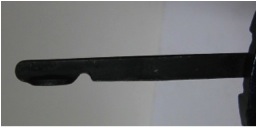
Has No Rear Handle Transfer. RHT
Frog type 1 with Rounded hole F1R (below)
Frog Landing Area FLA 1 or FLA2 (see “Analysis of Components” where I discuss the differences between FLA1 and FLA2)
Lever Cap LC1 (below or with a Red infill to letters)
WS Number 4 Type 1a:
Had all the Type 1 characteristics but with the following differences:
Has Blade Markings B1 or B2
Handle H2 Knob either K1 or K2
Lever Cap LC1, LC2, LC2a or LC2b:
[LC2b is the same as LC2a (on the right above) but the letters are only 11mm high as opposed to 14mm high of LC2a .]
Rear Handle Transfer RHT1
WS Number 4 Type 1b:
As above but with the following differences:
Blade Markings B2
see above
Lever Cap LC3
Lever Cap Screw LCS3 or LCS4 (later models)
WS Number 4 Type 2:
As above but with the following differences:
Base Markings BM2:
No A4 marked in front of knob.
Knob K2:
see above
Lever Cap Screw LCS4:
WS Number 4 Type 2a:
As above but with the following differences:
Blade Markings B3:
Cap Iron has ‘stamped‘ in markings
Knob K3:
Frog F1S:
Lever 2:
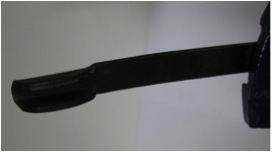
WS Number4 Type 3:
Has all the Type 2 characteristics but with the following differences:
Base Markings BM3:
showed the number shifted behind the knob and the N and 4 being only 10mm high.
The Front end is NOT painted
Knob K3:
Rear Handle Transfer RHT2:
Lever Cap LC4:
This is the cap with the finer stipled background under the red paint.
WS Number 4 Type 4:
As above but with the following differences:
Base Markings BM4:
As above, but the N and 4 are now 13mm high and the BIRMINGHAM and ENGLAND are in much larger letters (see Analysis of Components section.)
Blade B3 or B3a:
Handle H2 or H3:
This is the smaller handle than H1 with either a rounded (H2) aspect to the finger portion or has a distinct squared flat (H3) section to that side section (see Analysis of Components section).
Lever Cap LC5:
Almost the same as LC4 but the background is coarsely stippled. The letters are smaller at 8mm high with 2mm between them. and the oval window is now only 21mm wide. The rivet is unusual in that it is small with a steel core inside a brass surround and has been peaned over on the back spring, showing radial cracks in the brass portion. The Brass has a fairly thick yellow lacquer coating.
Lever Cap Screw LCS4 or LCS5:
BOX LABEL:
The actual label portion is 13.6cm wide and 5.8cm deep and the same label was used throughout production despite changes made to the look of the No.4 plane.

